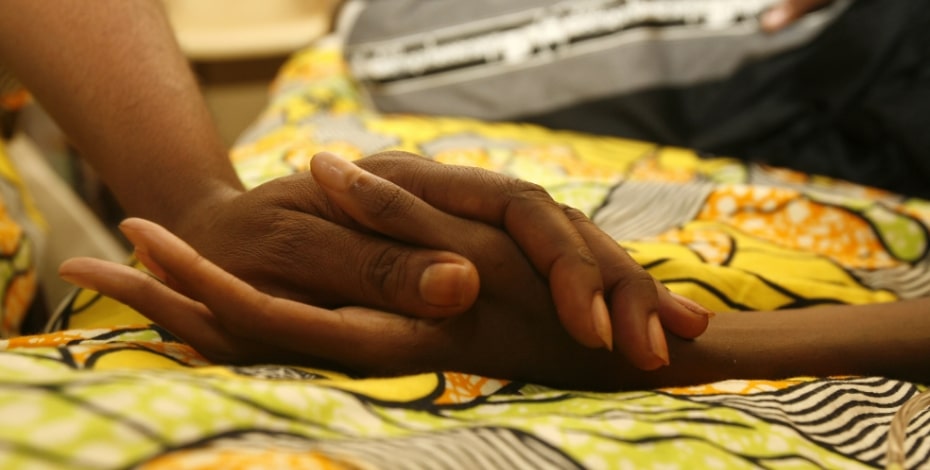
Cultural safety in physiotherapy

Eliminating racism in healthcare and ensuring cultural safety for Aboriginal and Torres Strait Islander people is a critical part of closing the gap and a top priority for the profession.
The Physiotherapy Board of Australia and the Australian Health Practitioner Regulation Agency (Ahpra) are committed to eliminating racist beliefs, behaviours and policies to ensure that Aboriginal and Torres Strait Islander people can safely access and work in healthcare.
In the updated physiotherapy practice thresholds for Australia and Aotearoa New Zealand released on 15 November last year, cultural safety has been included for the first time.
Physiotherapy Board of Australia chair Kim Gibson said that the Board and Ahpra are serious about ensuring that registered health practitioners understand how to provide a culturally safe service and workplace.
‘Cultural safety is patient safety. Racist and culturally unsafe practice and behaviour is unlawful and carries substantive penalties,’ Kim says.
‘The Board expects all physiotherapists to uphold the highest standard of behaviour to provide equity and safety in our practices to all people.
‘We are working to eliminate all forms of racism—systemic, institutional and interpersonal—so that patient and workplace safety for Aboriginal and Torres Strait Islander people is the norm.
'This is a requirement in our professional Code of Conduct.’
The National Scheme’s Aboriginal and Torres Strait Islander Health and Cultural Safety Strategy 2020–2025 is a commitment between the 15 national health practitioner boards, Ahpra, accreditation authorities and Aboriginal and Torres Strait Islander health sector leaders and organisations.
The strategy highlights a shared vision to achieve equity in health outcomes between Aboriginal and Torres Strait Islander people and other Australians and to close the gap by 2031.
It was developed by the Aboriginal and Torres Strait Islander Health Strategy Group to ensure that Aboriginal and Torres Strait Islander people design and lead regulatory reform, including embedding cultural safety and the elimination of racism in healthcare into Australian legislation.
Cultural safety is determined by Aboriginal and Torres Strait Islander individuals, families and communities.
In healthcare, culturally safe practice is the ongoing critical reflection of health practitioner knowledge, skills, attitudes, practising behaviours and power differentials in delivering safe, accessible and responsive care free of racism.
To ensure culturally safe and respectful practice, health practitioners must:
• acknowledge colonisation, systemic racism and the social, cultural, behavioural and economic factors that impact individual and community health
• acknowledge and address individual racism and their own biases, assumptions, stereotypes and prejudices and provide care that is holistic and free of bias and racism
• recognise the importance of self- determined decision-making, partnership and collaboration in healthcare, driven by the individual, family and community
• foster a safe working environment through leadership to support the rights and dignity of Aboriginal and Torres Strait Islander people, including colleagues.
The updated thresholds can be found here and the Ahpra website here also has detailed information about cultural safety and the elimination of racism from healthcare.
Content supplied.
COURSE OF INTEREST: Australian Physiotherapy Council's cultural safety training for physiotherapists here.
© Copyright 2025 by Australian Physiotherapy Association. All rights reserved.





